Description
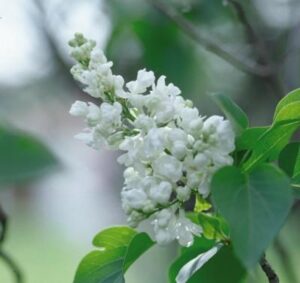 Syringa vulgaris ‘Alba’
Syringa vulgaris ‘Alba’
COMMON WHITE LILAC
A magnificent spring blooming shrub featuring intensely fragrant white flowers in upright panicles; upright, multi-stemmed habit, very hardy, tends to sucker, ideal for screening; full sun and well-drained soil, allow room for air movement. Common White Lilac features showy panicles of fragrant white flowers rising above the foliage in mid spring. The flowers are excellent for cutting. It has bluish-green deciduous foliage. The heart-shaped leaves do not develop any appreciable fall color.
Height: 15 feet
Spread: 12 feet
Sunlight: Full sun
Hardiness Zone: 2a
Other Names: White French Lilac
Uses: Naturalizing, screen, massing, hedge, borders
Maintenance: Medium
Other: Fragrant, deer resistant, cut flower, attracts butterflies
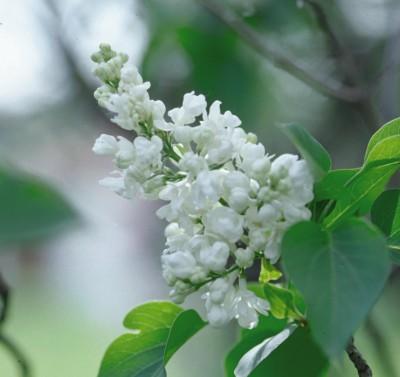
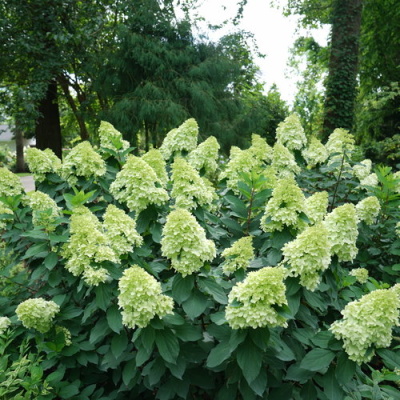
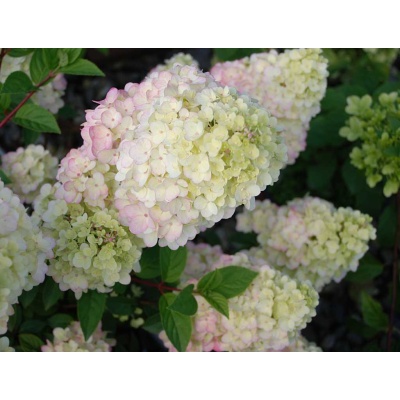
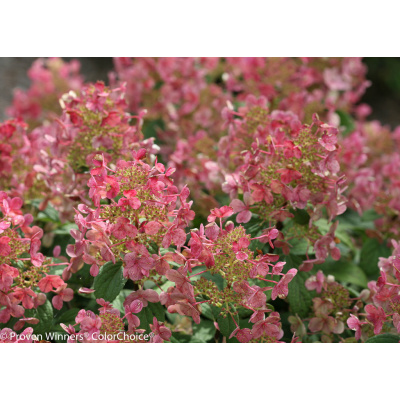
Reviews
There are no reviews yet.